Mykolaiv Zoo and zoos of Ukraine – months of war
Mykolaiv Zoo and zoos of Ukraine – months of war.
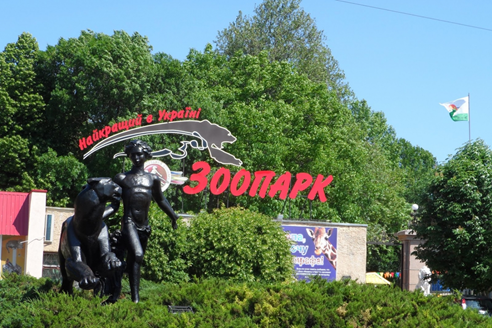
On February 24, 2022, Ukraine was subjected to unconditional aggression by russia. During the 7 months of the war, the rashysts destroyed thousands of civilians, 382 children of Ukraine died. Entire districts and regions of our country have been turned into ruins. Cities and villages are destroyed.
In this situation, zoos of Ukraine, zoological institutions engaged in keeping
animals could not help but suffer. This also applies to Mykolaiv Zoo. In 2022, Mykolaiv Zoo has been 121 years since its foundation. Its territory is more than 18 hectares. The zoo employs 230 people.
The collection
of animals includes 400 species, about 4,000 specimens. More than half of the animal collection is listed in the International Red Books.
.png)
On the territory of the zoo there are about 40 buildings and structures that require constant maintenance. The zoo is a member of WAZA and a candidate for EAZA.
On the night of February 27, 800 meters from the zoo, the first tank battle took place.
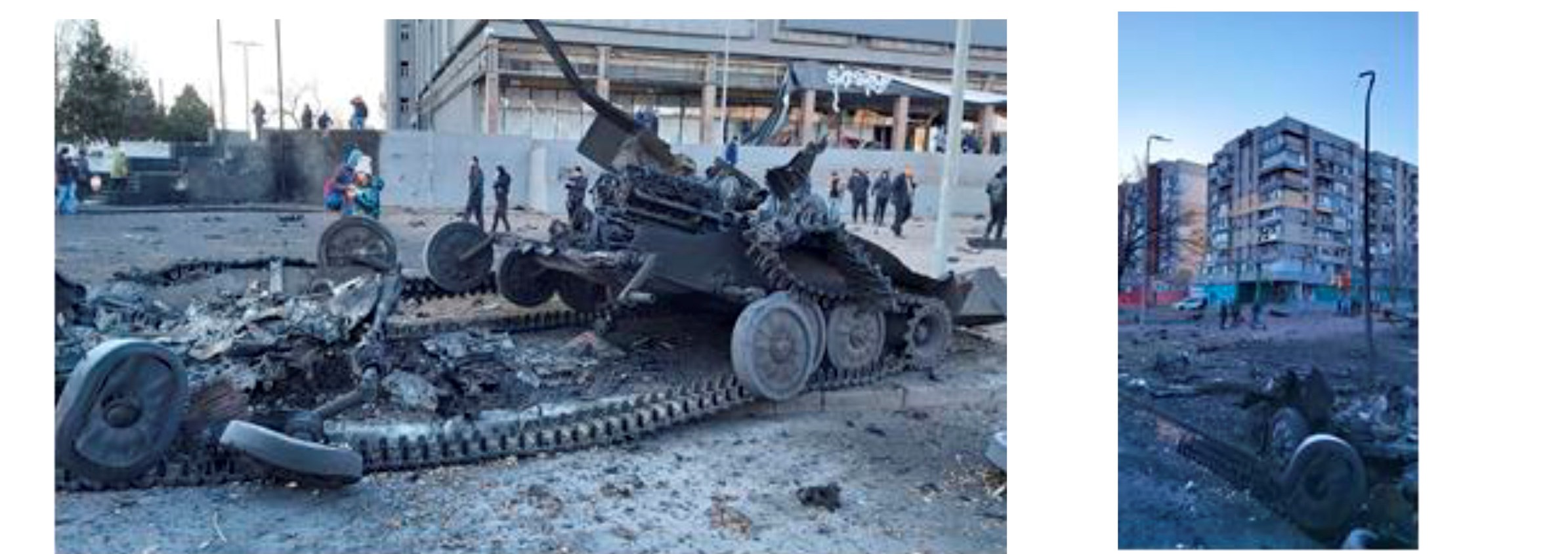
The windows and doors of the 9-storey building and neighboring houses were broken. Our employee lives in this house. On February 28, on the 5th day of the war, the zoo was subjected to rocket attack, the first rocket fell on its territory 3 meters from the enclosure with the polar bear.
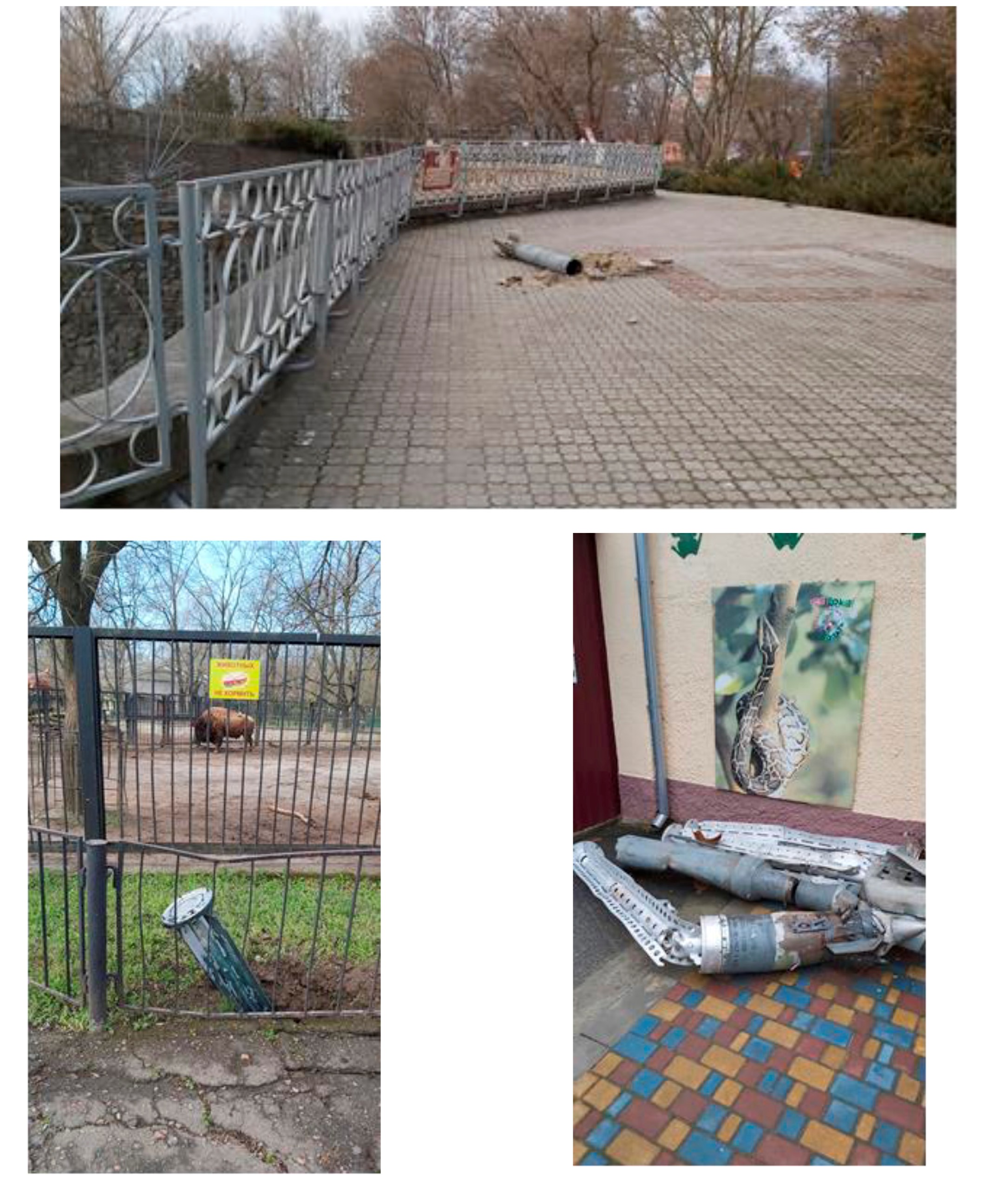
The first month of the war was the most difficult. People were scared. It was necessary to organize the work of the zoo. Traffic stopped in the city. A curfew was announced. In order to start work early in the morning, many employees moved to live in the zoo. They spent the nights in workmen's shelters, in the hotel of the zoo, in the household building. The fighting was already on the outskirts of the city.
We faced the issue of animal evacuation. A question for which we were completely unprepared. Until the middle of March, the city of Mykolaiv was in a semicircle. There was only one road left – only to Odesa. The route was overloaded with traffic. Bridges were drawn at night. Frosts kept to be until the end of March. We did not have enough transport crates. And more than 400 of them were needed. Transport was also needed. During transportation, the animals would have to be escorted, fed and it was necessary to clean up after them. The issue of where to take the animals was also not resolved. Where to place them so that they do not die. This difficult logistical task seemed insoluble to us. To take out elephants, giraffes, hippos, a collection of primates, tropical birds, polar bears, tigers, lions, leopards... We decided to refuse evacuation, as the same already happened in our history during the Second World War. And we stayed with our animals, and they stayed with us.
Starting from the autumn of 2021, I understood that the enemy horde standing on the border with Ukraine could launch an attack. Since October, the zoo began stockpiling food that we could save: cereals, grains, dried fruits, dry milk mixes, frozen meat, fish. How it helped us in February!
Many suppliers who supplied animal feed ended up in the occupied territory. The issue of shortage of feed for animals has become acute. And then I decided to appeal to citizens, volunteers, all caring people to help the zoo with feed for animals. My appeal had a huge response from people. People brought and brought various products: vegetables, fruits, eggs, chicken, honey, cereals, bread, meat, fish... Someone brought 10 apples, someone brought a whole car. Most often, people refused to name themselves, saying: "the main thing is to save the zoo, save the animals". All feed was delivered to the zoo's warehouse, debited and given to the feed department.
.png)
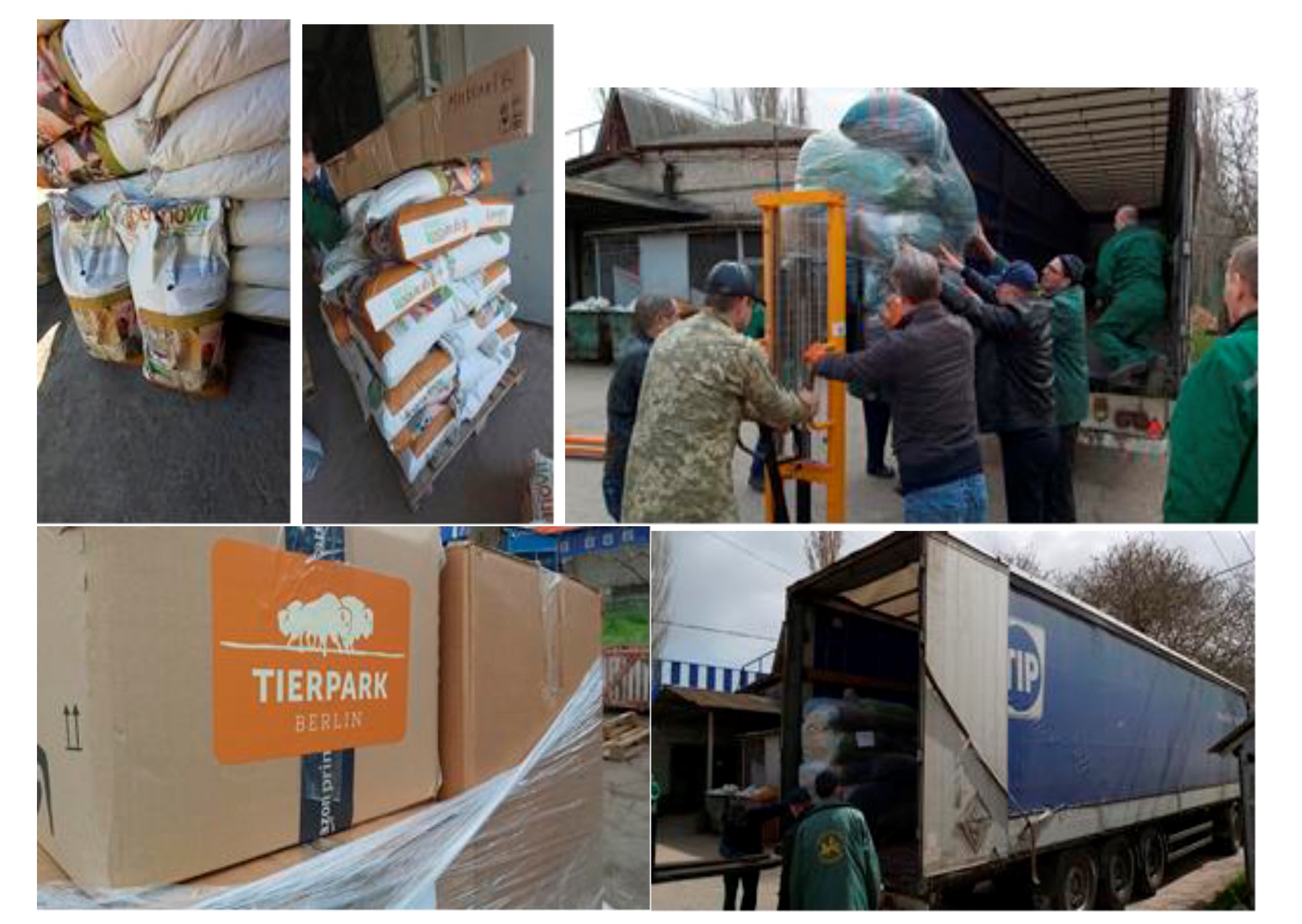
The zoo fed the animals with such "support" feed almost until the end of May, when we managed to restore contact with feed suppliers and hold new tenders for supplies. The animals of the zoo did not experience a shortage of food for a single day. Here it is necessary to say about the help organized by the Polish zoos of Lodz and Warsaw in collecting and sending sublimated feed to the animals of the zoos of Ukraine. Mykolaiv, Rivne, Kharkiv, Mena, Odesa, Lutsk, Cherkasy, "Feldman Eco-Park", "12 Months" Zoo near Kyiv, BION Terrarium Center and even zoos in the occupied territories – Berdyansk, Safari Park on Arabat Arrow, Askania-Nova Reserve received specialized feed for feeding primates, antelopes, carnivores, flamingos, elephants, etc. Zoos also received help in the form of veterinary drugs and equipment. We are grateful to the zoos of the Czech Republic, Poland, Germany and Estonia.
On February 25, the second day of the war, the zoo was closed to the public. And, accordingly, the funds received from the entrance fee disappeared for the zoo. An extremely difficult situation has developed in the city with the financing of municipal institutions. And then I again turned to the public, not only to the residents of the city and Ukraine, but also to good people all over the world. "Help us to save the zoo and the animals! Buy tickets online on our website to visit the zoo".
Funds began to arrive in early March. In addition, Mykolaiv Zoo opened charitable bank accounts in euros, dollars, Swiss francs, Czech crowns, Polish zlotys, British pounds, Japanese yen... People from all over the world bought tickets and transferred funds to these accounts.
I had many television and radio broadcasts with the Voice of America, with television companies in Japan, Sweden, Poland, the Czech Republic, Ukraine and other countries. From so many countries there were foreign correspondents in the zoo. Newspapers from France, Holland, Germany, the Czech Republic, Poland, Ukraine wrote about the situation in Mykolaiv Zoo...
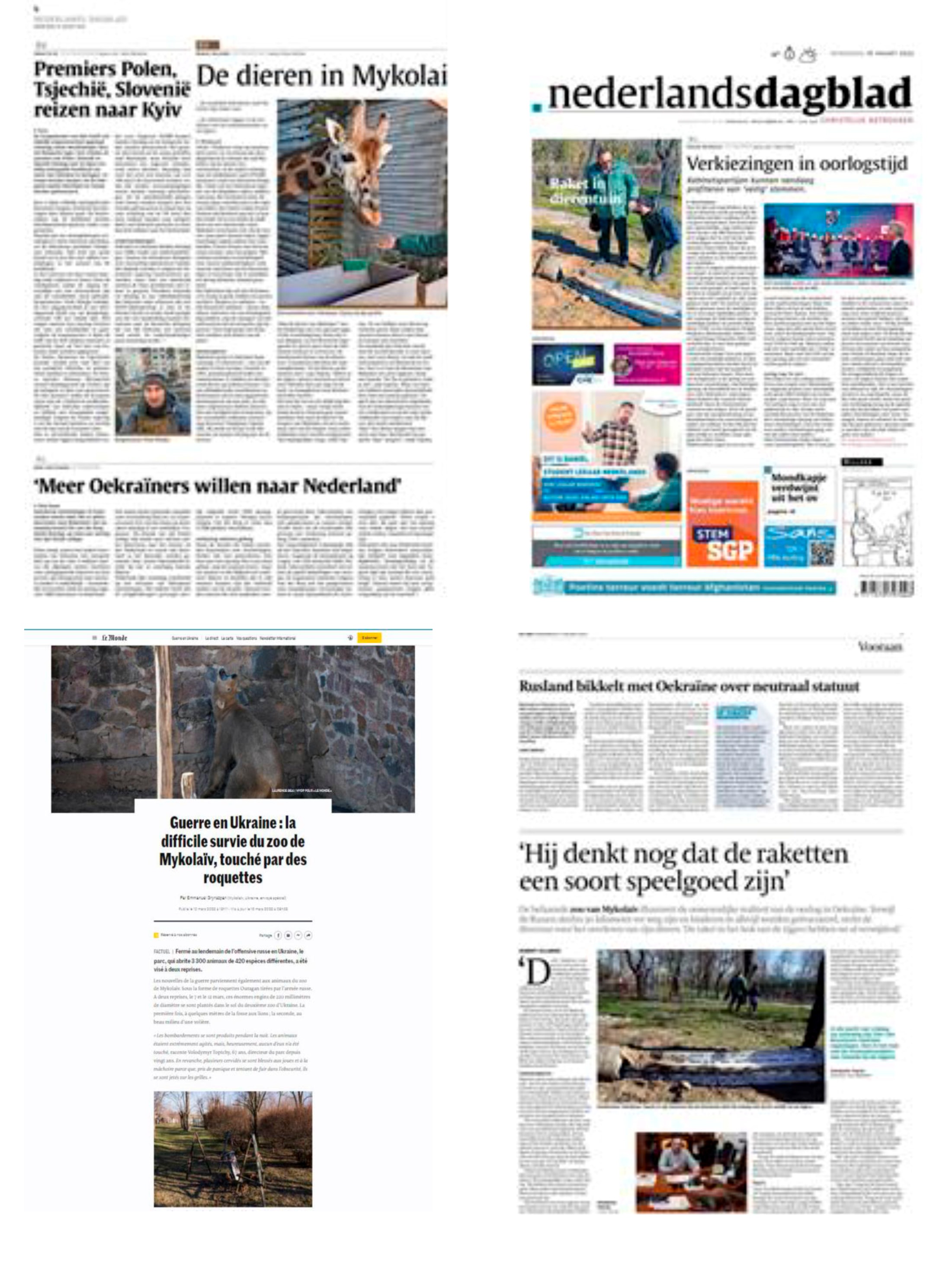
Thanks to this broad information campaign, we still have funds today to buy feed, pay utility bills and necessary government taxes. Mykolaiv Zoo transferred more than 15 million hryvnias of taxes to the budget of the country and the city. This is the help of Mykolaiv Zoo and people in the struggle for the independence of Ukraine. We would like to express special thanks to the European Association of Zoos and Aquaria, which from the first days of the war created a fund to collect funds for zoos of Ukraine. They managed to collect about one and a half million euros.
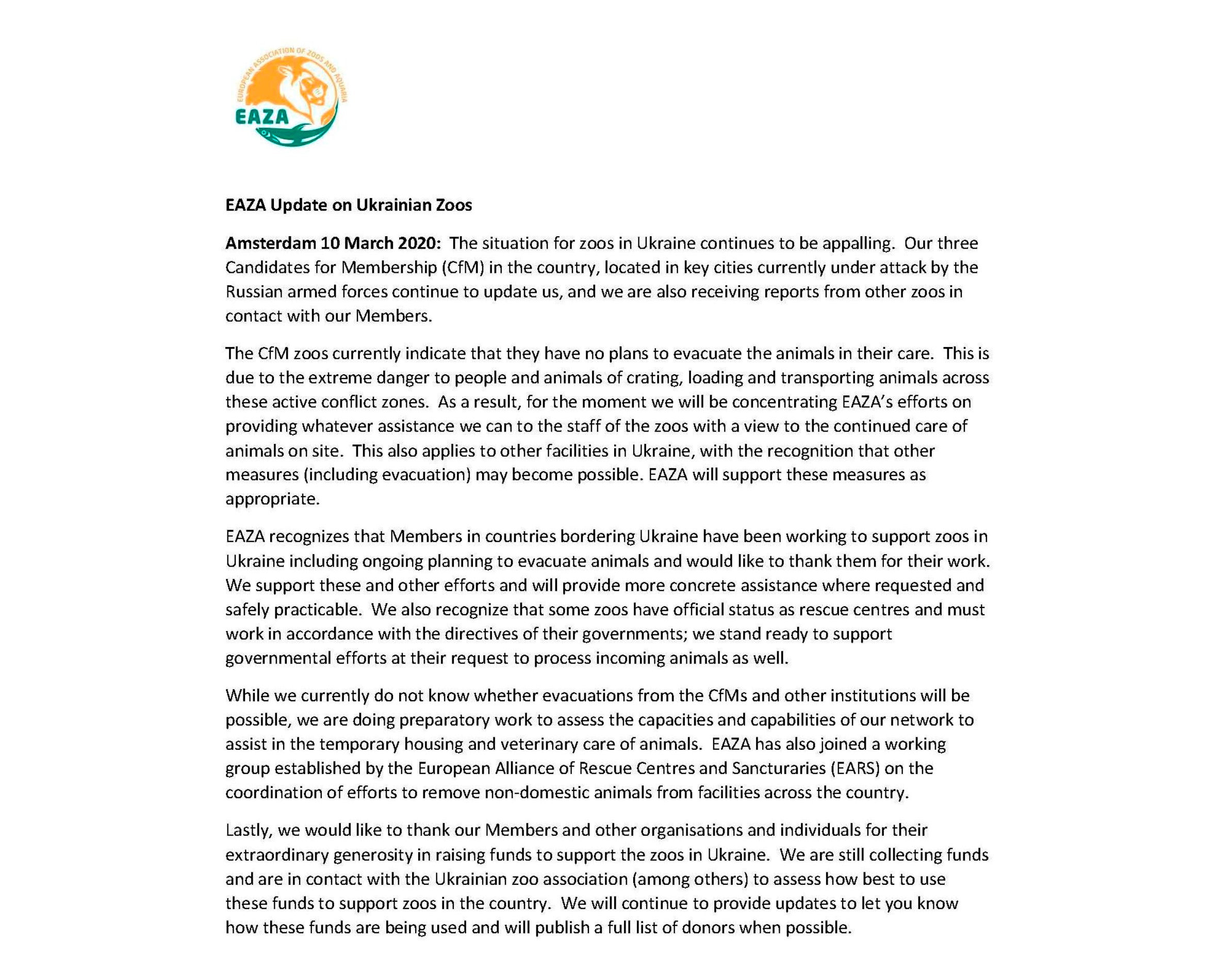
Part of this money was transferred to a specially created account – "UkrZoo". From this account, assistance was provided to almost all zoos and animal institutions of Ukraine, including Mykolaiv Zoo. The list is attached below.
TRANSFER OF CHARITABLE AID TO ZOOS OF UKRAINE in 2022,
which came from EAZA, Berlin Zoo, Prague Zoo
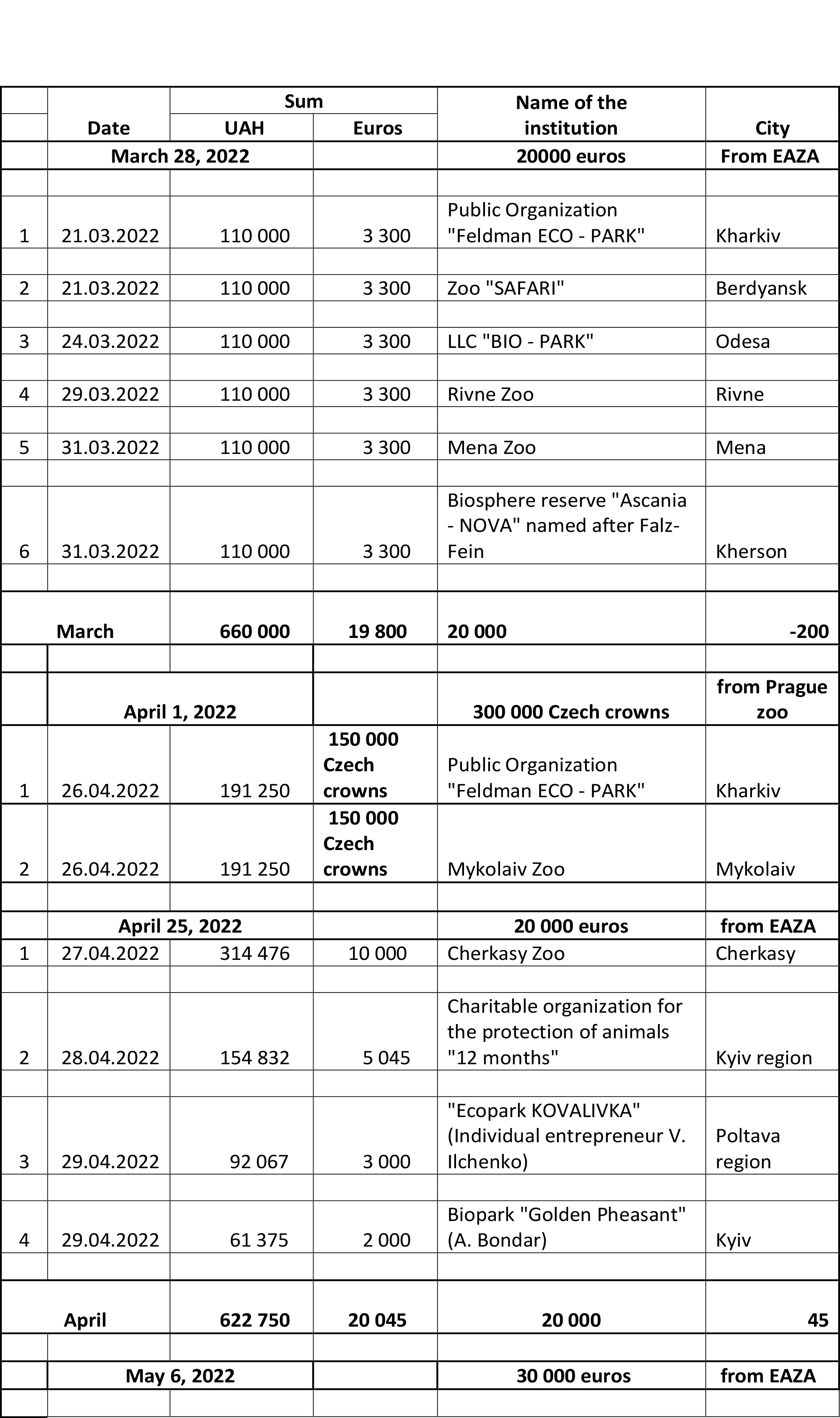
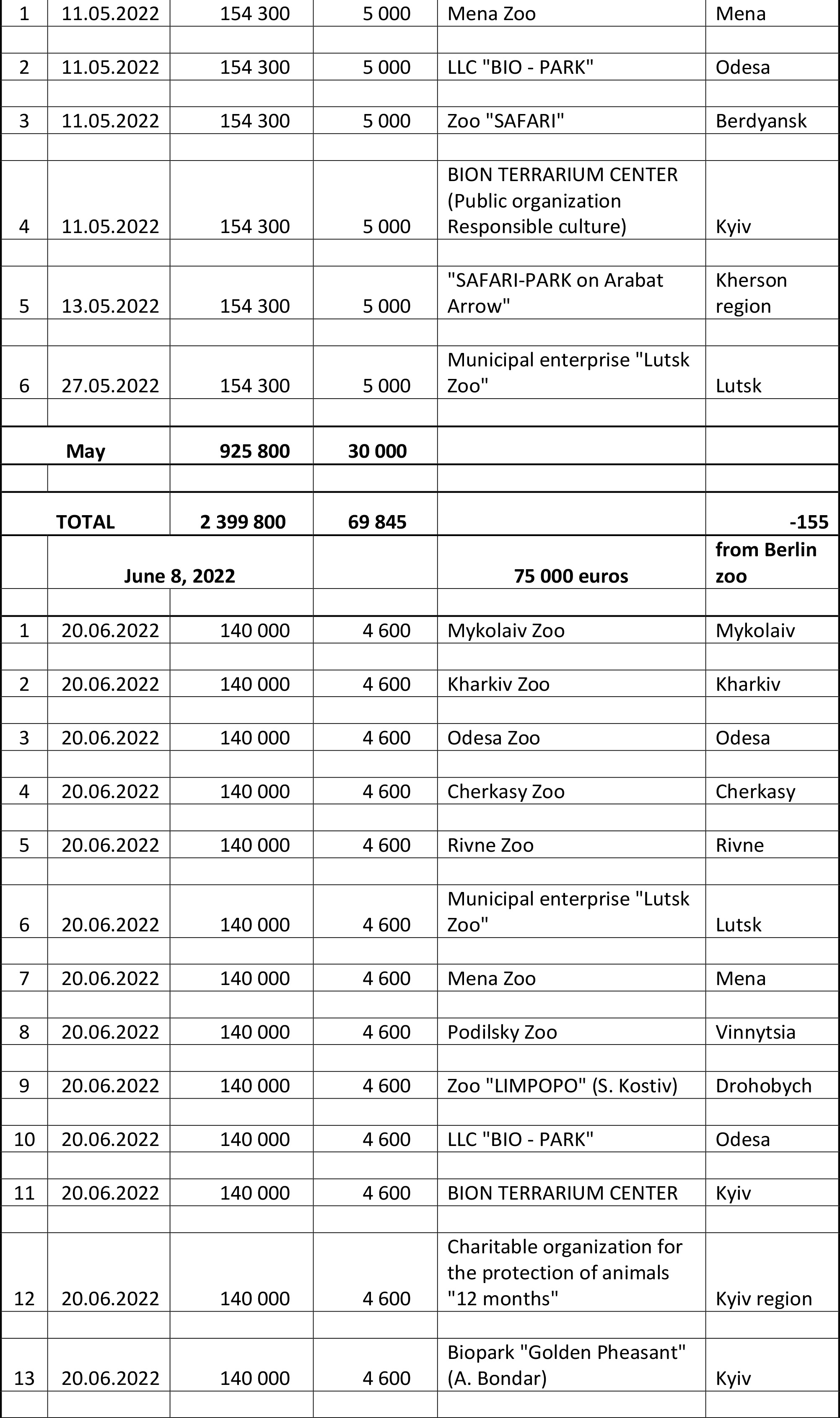
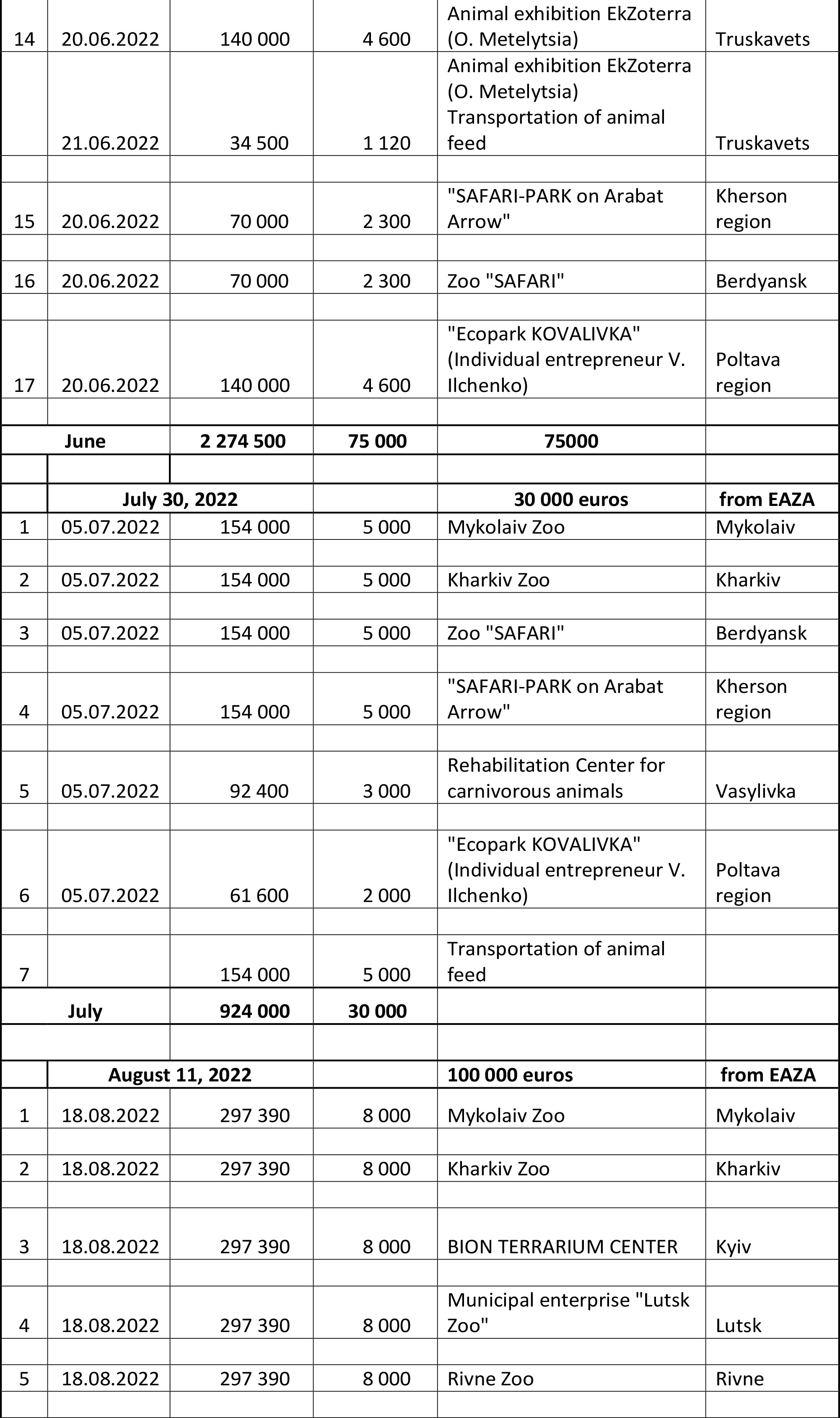
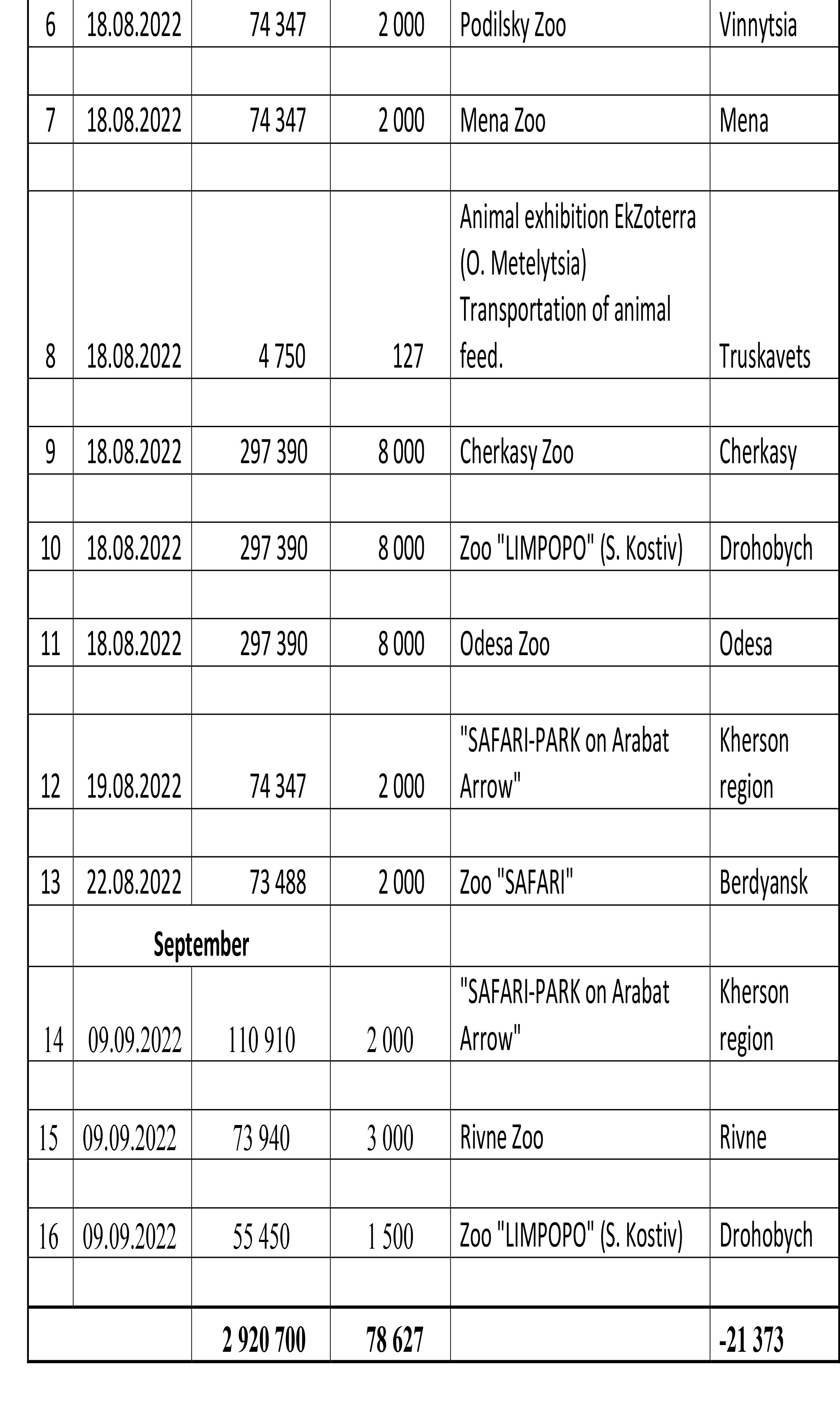
Financial support to Mykolaiv Zoo and zoos of Ukraine provided Czech zoos, Prague Zoo (20,000 euros), German zoos, Berlin Zoo (75,000 euros).
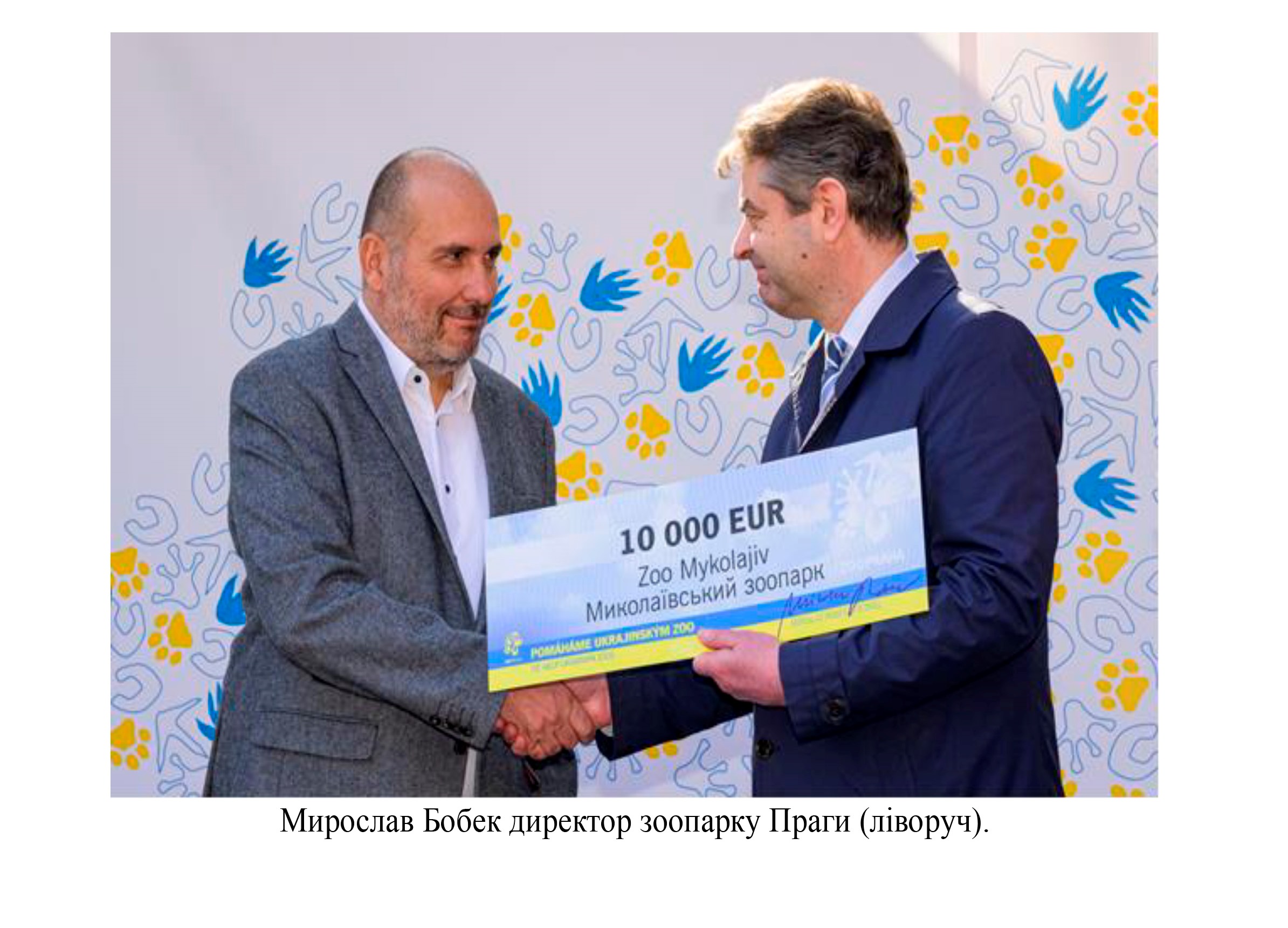
Miroslav Bobek, director of Prague Zoo (left).
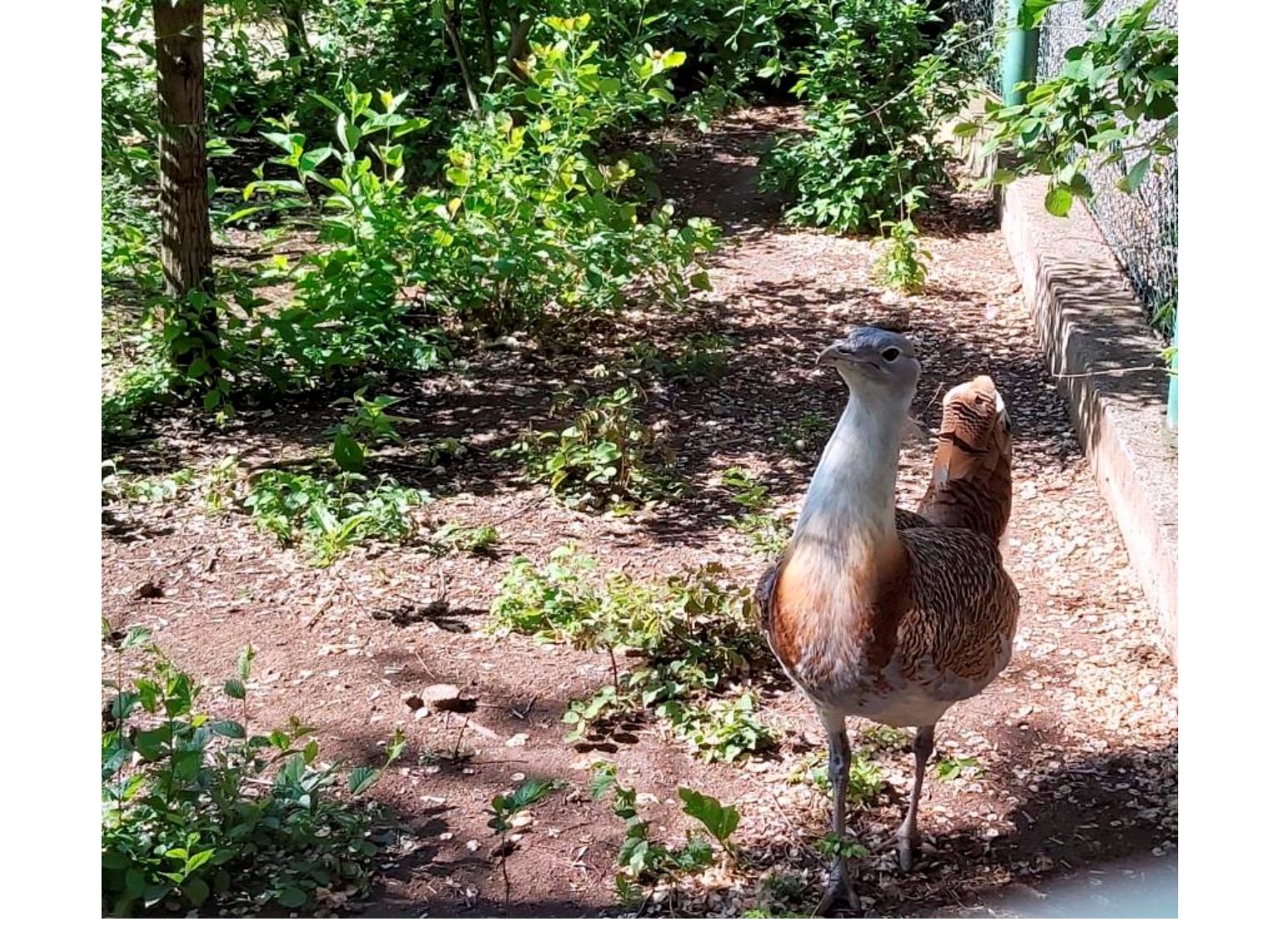
A rocket fell into the bustard enclosure.
On February 26, 2022, Mykolaiv Zoo made a decision to withdraw from the membership of EARAZA and my withdrawal from the presidium.
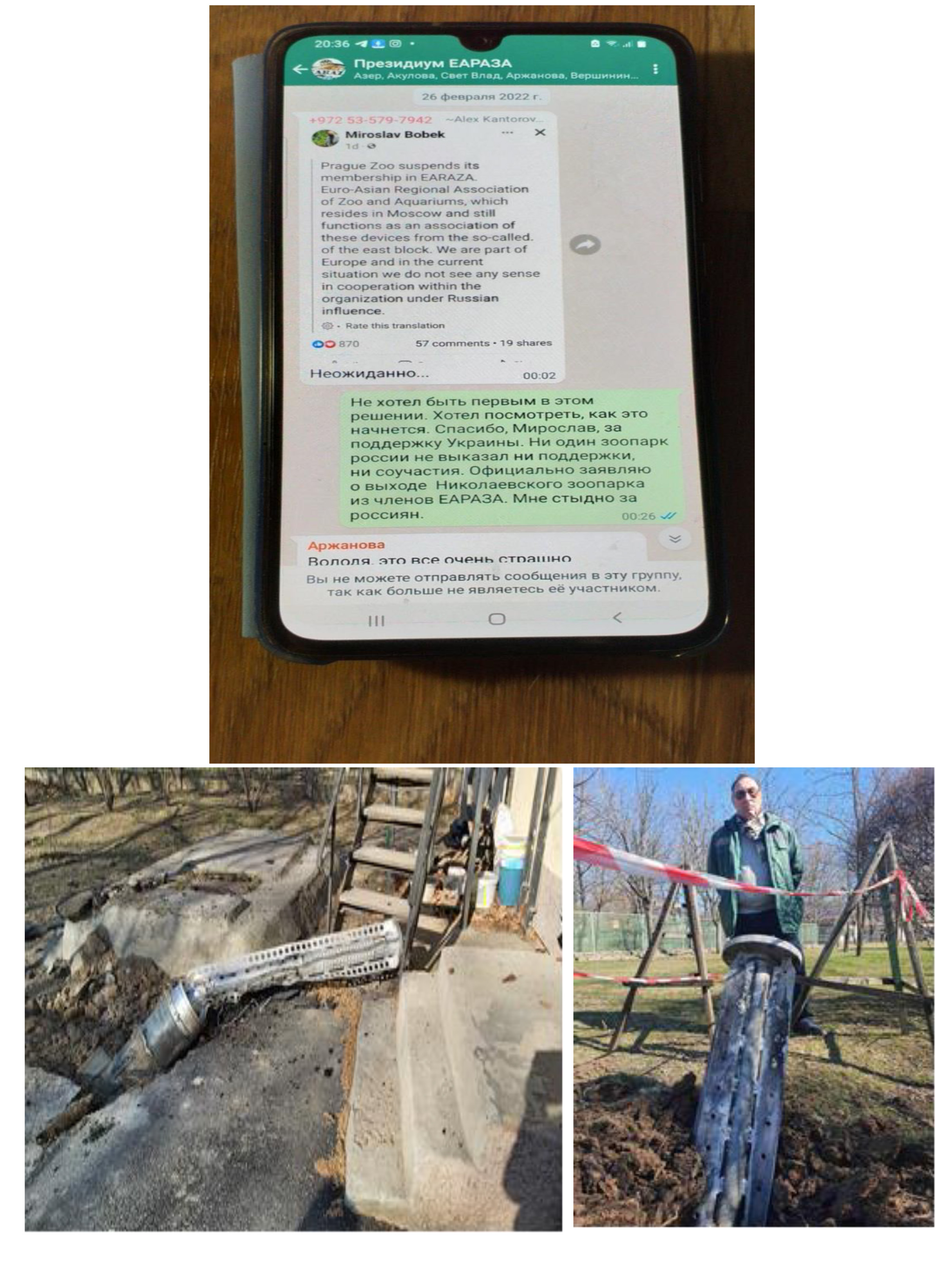
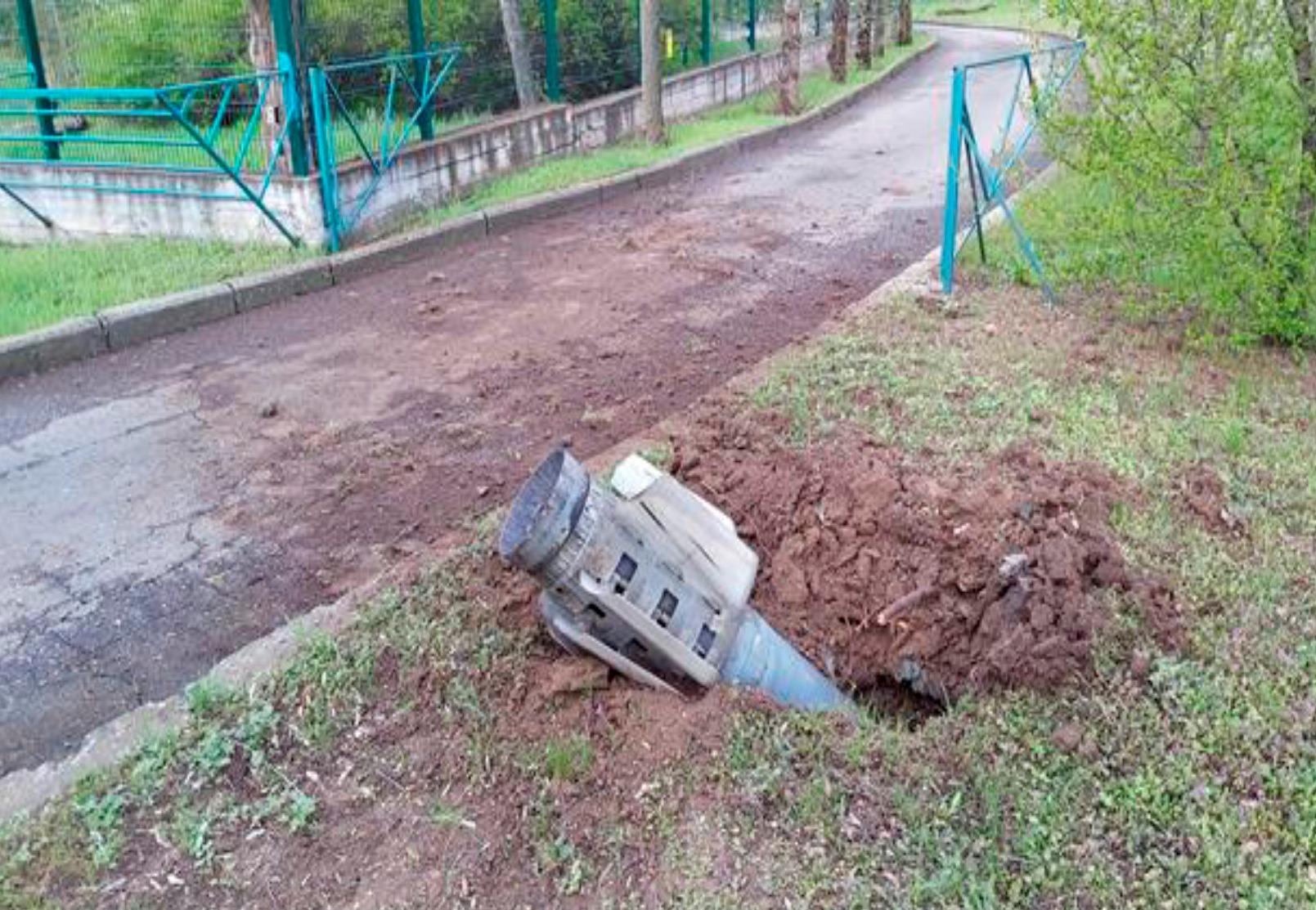
It is impossible for us to be in the same Association with zoos whose management supports the government of russia, which committed genocide in our country. During the 7 months of the war, not a single zoo in russia expressed support for the zoos of Ukraine. Many years of joint work, friendships have been thrown into the trash.
Since the beginning of the war, Mykolaiv Zoo sent 7 employees to the front and to the Terrodefense:
|
Dmytro Rieznik |
deputy head of the department of ungulates and proboscideans |
|
Andriy Holub |
locksmith and plumber |
|
Oleksandr Kimryak |
economist |
|
Vadym Andrusiak |
leading specialist in public procurement |
|
Oleksandr Pylypenko |
animal care worker |
|
Victor Pysmenny |
worker of the botanical and husbandry department |
|
Yehor Fanta |
worker of the botanical and husbandry department |
Mykolaiv Zoo is located practically in the center of the city, and therefore missiles do not fly by during the shelling that the city is subjected to. During the aggression at night, 8 rockets fell on the territory of Mykolaiv Zoo. These are Grads, Uragans, Smerchs, cluster missiles prohibited by international conventions. Now we have a whole collection of them. Fortunately, none of the rockets that fell did not explode on the territory of the zoo, and miraculously, neither the animals nor the employees were injured.
These missiles are displayed on the territory of the zoo as documents that show all the cruelty of russia's aggression.
During the hostilities, the aggressor destroyed a city water intake located in the Kherson region on the Dnieper.
The city was completely without water for the month from April 12 to May 13. Drinking water in barrels was brought to the zoo from underground storages.
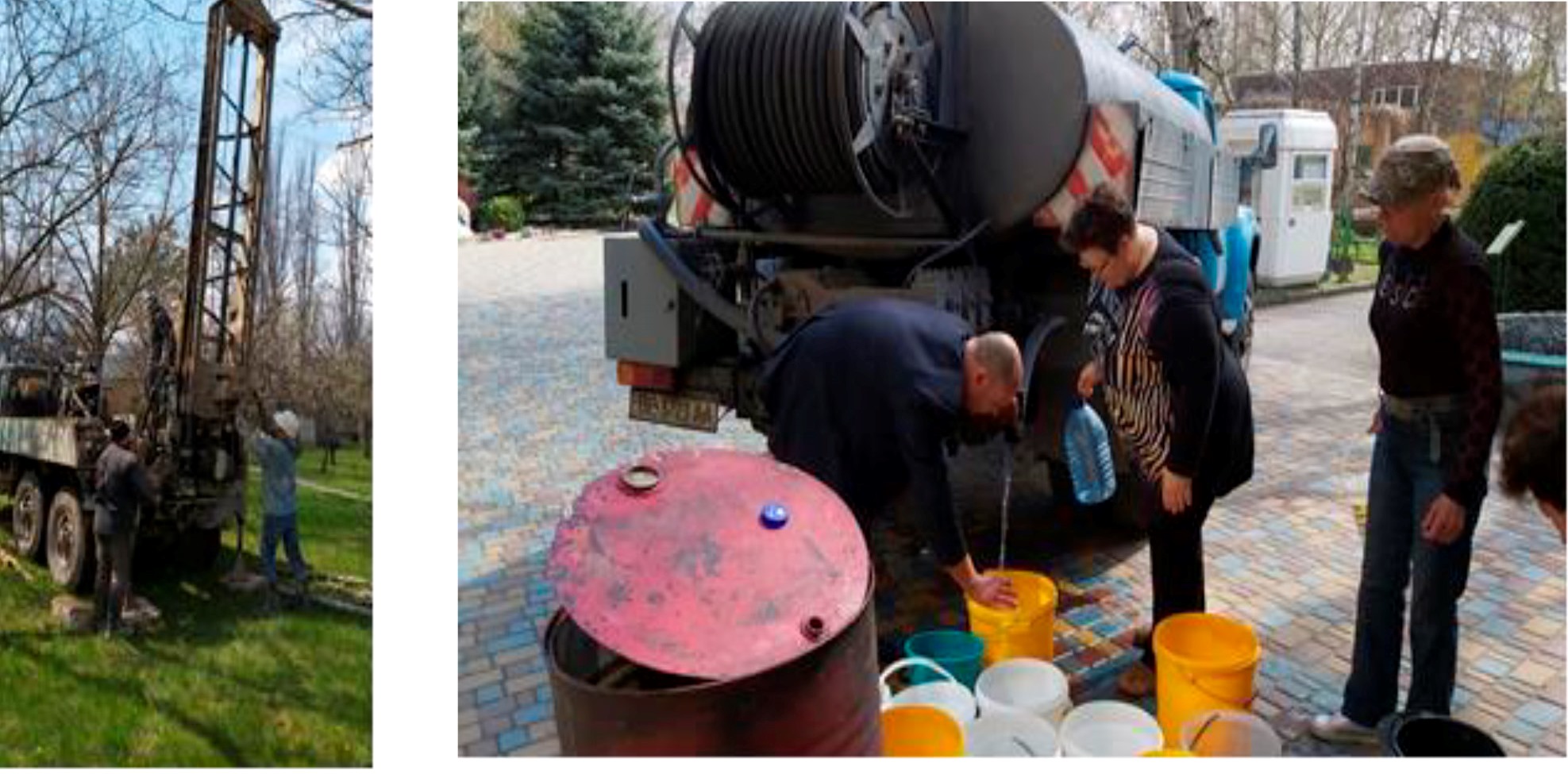
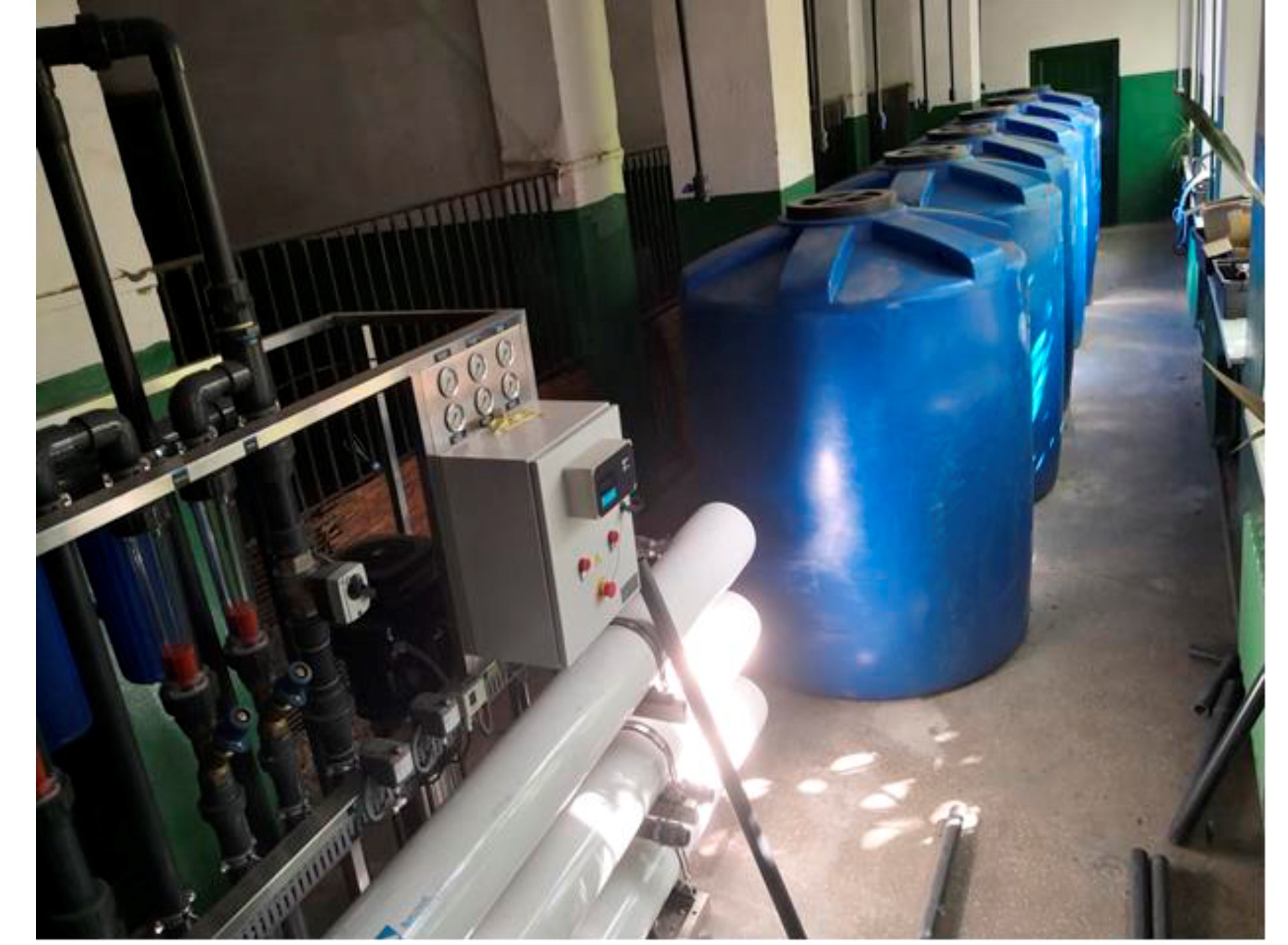
It was especially difficult where animals had pools (hippos, polar bears, etc.). Water was brought to us even from Odesa and Kropyvnytskyi. The zoo is grateful to dozens of volunteers who saved it this month. Then it was decided to create and build 2 underground wells in order to provide the zoo with water from under the ground. But, as it turned out, this water is also not quite suitable for drinking. It has great hardness for giving it to animals. With the help of the city Mykolaiv Zoo installed two units for water purification using reverse osmosis. These installations, as well as large plastic containers for water storage, were provided by the city to the zoo free of charge.
Today, the zoo's water system is cut off from the city's water system because the city's water supply is salty. We use groundwater purified by reverse osmosis.
On June 7, the mayor of the city, Oleksandr Sienkevych, visited the zoo and presented certificates and cash prizes to the animal care workers, who especially distinguished themselves in the preservation of the collection.
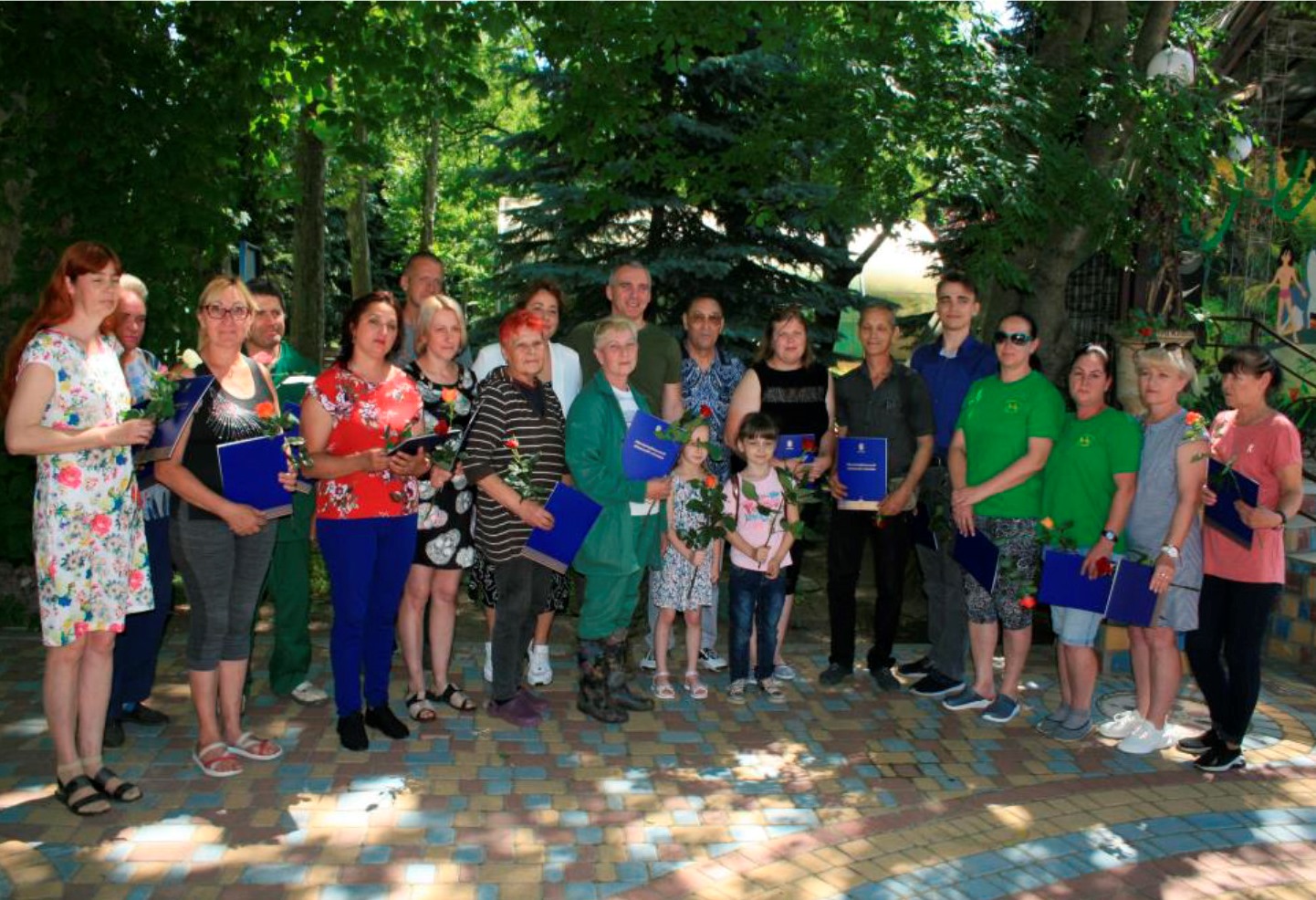
On June 11, the city allowed us to work on Saturdays and Sundays. How grateful our visitors were! The zoo remained the only place in the military, front-line city, where you could relax and forget about the war, the night and day rocket attacks, at least for a short time. But there are few visitors. Less than half of the residents remained in the city. However, the zoo works for them, this is one of our main purposes.
Despite the war, life in the zoo did not stop. It is necessary to prepare for winter. The heating line has been prepared and handed over. A certificate of its readiness has been received. An audit of the gas industry was carried out. After a month of downtime of the zoo's water mains, when water was given, more than 15 underground surges were discovered, which were also removed. Hay in the amount of 150 tons for the winter and feeding browse in bundles in the amount of 46 thousand pieces were prepared. Cereals, grain were prepared, sublimated feed from zoos in Europe were collected. Renovation works are ongoing in the zoo, the old fence in the enclosures for llamas, camels, and zebras has been completely replaced. And the most amazing thing is that we managed to complete the overhaul of the large elephant pool with the production of modern waterproofing. This pool has not been filled for more than 20 years.
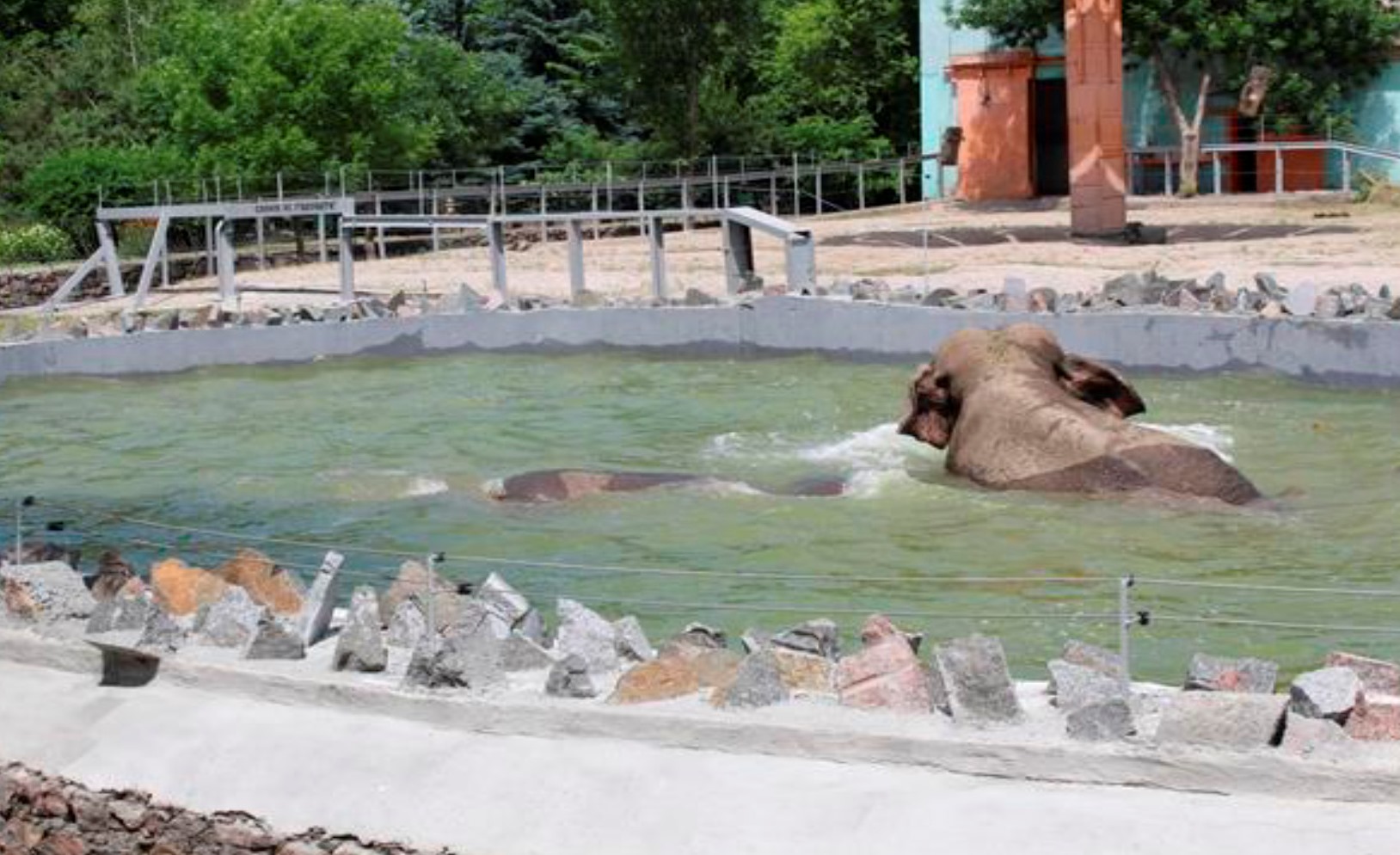
All performed works were carried out without the involvement of budget funds at the expense of funds received from economic activity.
Since the beginning of spring, our animals have started breeding. On March 8, a male Amur leopard (Panthera pardus orientalis) was born, it is one of the 2 cubs born in zoos in Europe this year. One was born in Copenhagen, one here.
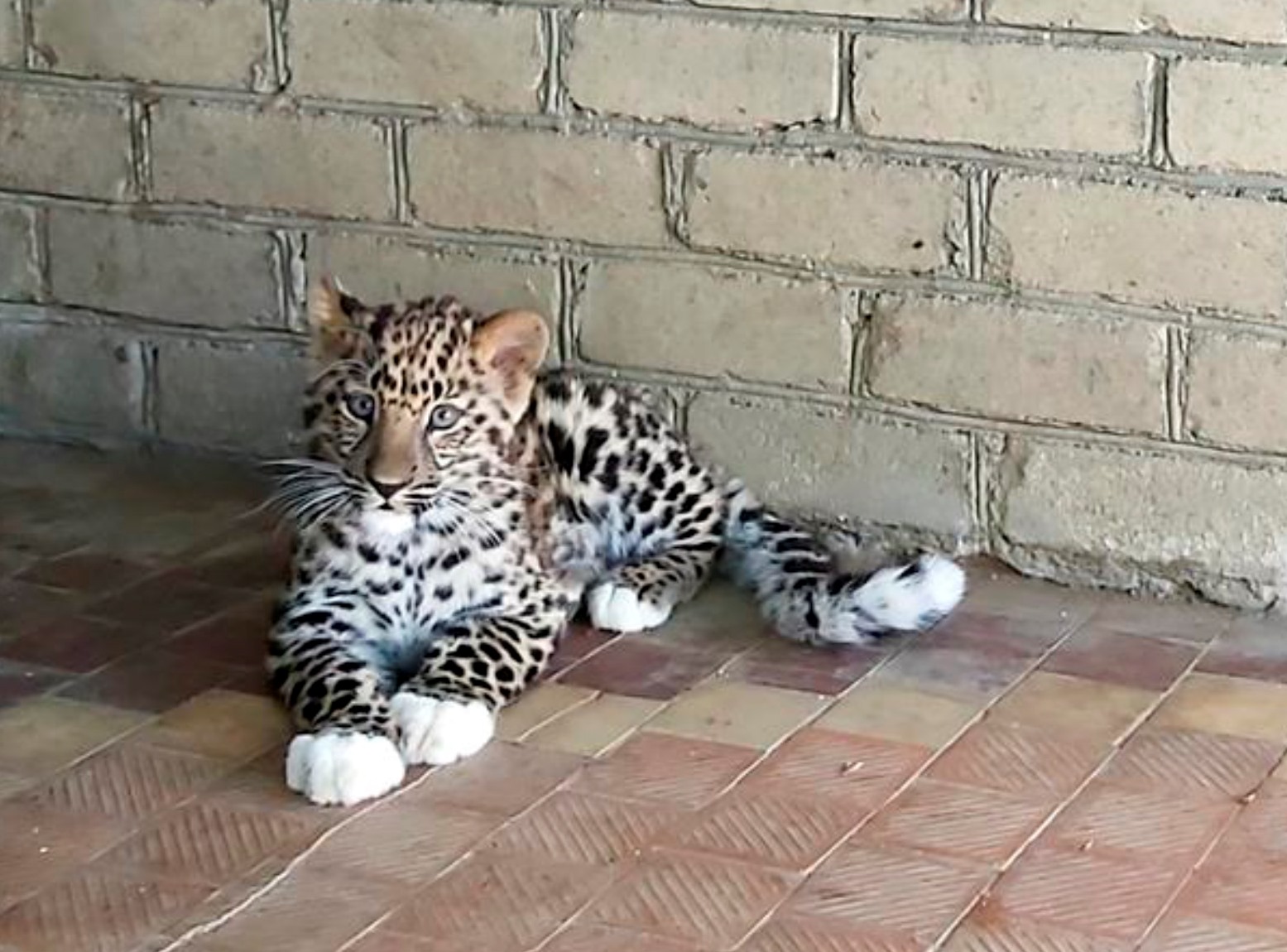
Also were born servals (Leptailurus serval), lynx (Lynx), European otters (Lutra lutra), fennec foxes (Vulpes zerda), kinkajou (Potos flavus), Siberian ibexes (Capra sibirica), markhors (Capra falconeri), llamas (Lama glama), cotton-top tamarin (Saguinus oedipus), black-and-white ruffed lemurs (Varecia variegata), Japanese macaque (Macaca fuscata), mute swans (Cygnus olor), macaws (Ara), Steller's sea eagle (Haliaeetus pelagicus), swan geese (Anser cygnoides) etc.
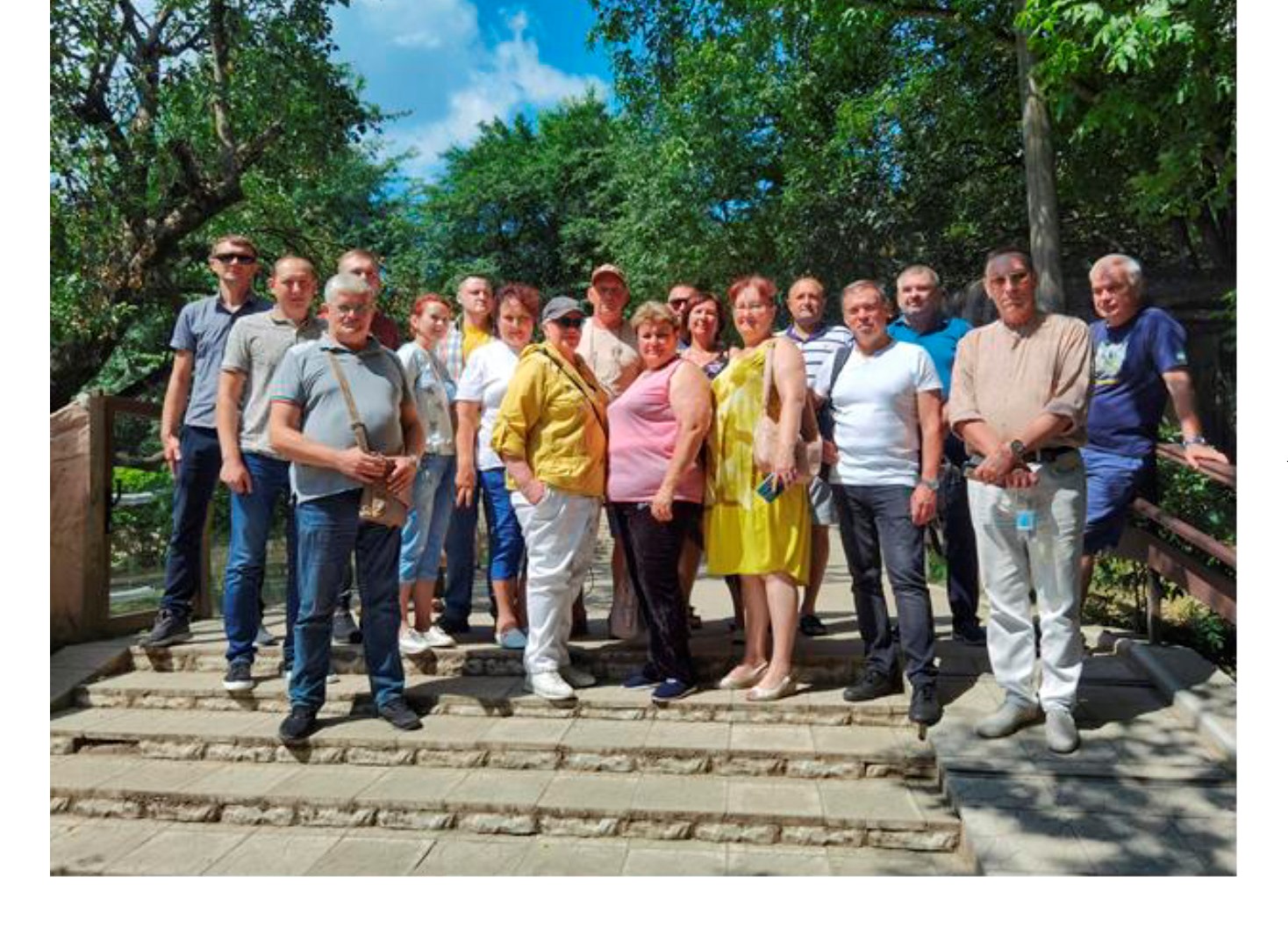
Since February, our zoo has started accepting pets from people who had to leave the city. People brought and we housed over 450 different pets: ponies, large and small parrots, rabbits and guinea pigs, aquarium fish, lizards and dragon lizards, raccoons and ferrets and boas. We could not accept only cats and dogs. The children asked to keep their pets and promised to return for them after the war.
The war pushed the zoos of Ukraine to closer cooperation. In August, the state re-registration of the Ukrainian Association of Zoos and Aquariums into the Association of Zoos of Ukraine (AZU) was carried out.

Today, the leading zoos of our country are members of AZU: Rivne Zoo, Odesa Zoo, Kharkiv Zoo, Cherkasy Zoo, BION Terrarium Center (Kyiv), Mykolaiv Zoo, Lutsk Zoo and Drohobych Zoo "Limpopo".
The president of the Association is the director of Mykolaiv Zoo, honored worker of culture of Ukraine Volodymyr Topchy.
Heads of zoos of members of the Association of Zoos of Ukraine. At Rivne Zoo in August 2022.
Almost every week, we hold an online conference of directors of zoos of Ukraine, members of AZU, as well as other zoos. At this conference, we share news about our military life, make joint decisions, and collegially distribute funds received from EAZA and zoos of Europe.
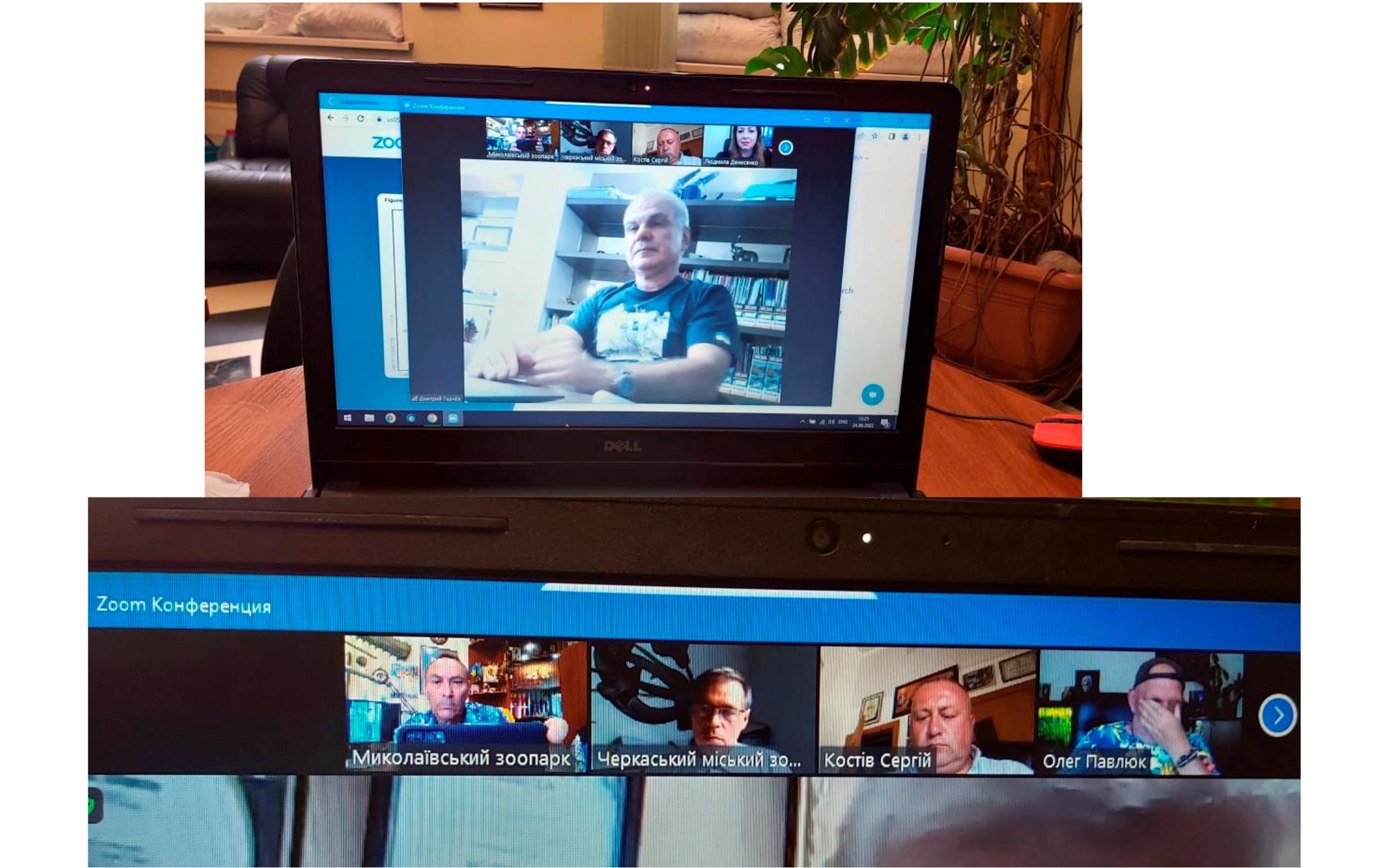
AZU expresses deep gratitude to our colleagues from Europe for their moral and financial support. I would like to present here a brief report on the state of affairs of the zoos of the AZU.
The most difficult, we might say tragic, situation has developed in zoos in the east of Ukraine. First of all, this applies to "Feldman Eco-Park" near Kharkiv. In fact, the park no longer exists. Some animals managed to be evacuated to other zoos of Ukraine, many of them died, and not only the animals, but also four employees who took care of them. The situation was critical at the Zoo "12 months" near Kyiv. It was under occupation. Not all animals were evacuated from there either. Thanks to the zoo staff, it was possible to save the collection of animals. We don't know much about the situation in the occupied territories, for obvious reasons, in the Reserve Askania-Nova, Berdyansk Zoo, Safari Park on Arabat arrow. As long as it was possible to make payments through the bank, we provided them with financial assistance from EAZA. They gratefully confirmed the receipt of the money.
Cherkasy City Zoological Park "Roshen" during the war.
Since February 26, due to the full-scale invasion of Ukraine by russian troops, Cherkasy Zoo has been closed to the public, but all employees of the institution have been working, fulfilling their duties. Since March 15, in view of the relatively calm situation in the city of Cherkasy and the region, and a large number of requests to provide the opportunity to visit the zoo, a decision was made to open the zoo for residents and guests of the city.
Temporarily displaced persons, refugees from zones of active hostilities were given the opportunity to visit the zoo for free. From that day to the present, Cherkasy City Zoological Park "Roshen" has been visited for free by more than twenty-five thousand transmigrators. To distract people from negativity, to give positive emotions, to provide psychological comfort to children and their parents free excursions were organized.
Since the beginning of the full-scale war, 70 animals have been given to us for keeping: turtles – 11, spectacled caiman – 1, lizards – 15, snakes – 11, tarantulas – 10, parrots – 6, mammals – 16.
Many letters with words of support were received from fans from Ukraine and different parts of the world. Thanks to the participation of our foreign colleagues, we received financial and humanitarian aid in the form of food, veterinary drugs, equipment from organizations and private individuals, and began the construction of enclosures for the detention of transmigrator animals.
Currently, all efforts are aimed at accumulating resources to provide the zoo with everything it needs in the autumn-winter period.
Lutsk Zoo
On the morning of February 24, the people of Lutsk woke up from explosions – russian troops were shelling the aerodrome. On other days, the oil depot and the factory “Motor” were the objects that came under fire in the city. And air alarms entered the daily lives of Volyn residents, as well as everyone who lives in Ukraine these months.
The war had a critical impact on the work of Lutsk Zoo. It immediately was closed to visitors, and the staff began the works aimed at protecting employees and animals, guaranteeing uninterrupted care and nutrition for the latter.
Because of the military operations, every sixth resident of the Lutsk community went abroad (and these are mainly women and children – the main target audience of the local zoo). Currently, ticket sales are greatly affected by the fact that the zoo has reduced opening hours due to hostilities. Therefore, the enterprise's income decreased significantly compared to the same period last year. On the other hand, maintenance costs have increased by 30-50% (this includes utilities, animal feed, and other items of expenditure). The cost of a considerable amount of goods and feed increased twice.
In previous years, 60% of Lutsk Zoo's activity was financed by the city, 40% the zoo needed to earn from ticket sales. Currently, the enterprise manages to do this by 50% of the planned.
Despite this, the zoo provides assistance to institutions of the same type of activity that were directly affected by the actions of the russian military people. At the end of March, residents of Lutsk helped with the care of animals from the "12 months" zoo (Demydiv village, Kyiv region). Also, more than fifty animals, whose owners went abroad to escape the war, found shelter here.
Odesa Zoo during the period of military operations February-August 2022
Fortunately, Odesa Zoo was not damaged by shelling during the hostilities. We have preserved the team, practically no one has left Odesa, so we can fulfill our work duties in full.
Since February 24, Odesa Zoo has been closed to visitors. On March 26, the zoo was opened for visitors and became an island of peace and positive emotions, instilled confidence in our victory, and provided an opportunity to disconnect from the cruel realities of wartime, at least for a short time.
In the first months of the war, part of the residents of the city and region were evacuated. At the same time, many of them did not have the opportunity to take their pets with them. About 700 pets (birds, rodents, reptiles, amphibians and fish, spiders, scorpions, mollusks) received temporary and permanent shelter in Odesa Zoo.
Employees of Odesa Zoo took out two white lions from "Feldman Eco-Park" (Kharkiv region), which was badly damaged by enemy shelling. At the end of August, the construction of a new enclosure for lions was completed. This project was carried out entirely at the expense of a patron. The "transmigrators" have already settled in the new territory and feel comfortable.
On April 19, the zoo appealed to the city's residents to help prepare the zoo's territory for the 100-year anniversary meeting, which is scheduled for September 23-24.
During the two months of active volunteer movement, a large number of works were carried out in the zoo: two enclosures on the territory were reconstructed, repair work was carried out in several enclosures in the birds sector, all metal and wooden objects of the exhibit and recreation areas were completely painted, new places were built for birds nesting and many other works to put the territory of the zoo in order were done. Up to 20 volunteers helped the zoo every day (except weekends).
During the difficult period of military operations, Odesa Zoo received and continues to receive humanitarian aid from the residents of Odesa and foreign donators, volunteer organizations and charitable foundations of Odesa, international volunteer organizations, the European Association of Zoos and Aquaria. We are grateful to all of them for very effective help during the difficult days of the war.
Rivne Zoo
On February 24, 2022, Rivne Zoological Park of national importance was closed to visitors in connection with russia's attack on the territory of our state and the introduction of martial law. Zoo workers worked on reduced working hours because there was a problem with public transport.
On March 16, 2022, permission was received for the zoo to operate for visitors, but in a somewhat limited mode. In the premises of the administrative building a temporary shelter was equipped for staying during an air raid. Since about 70 people can comfortably stay in the shelter at the same time, we had to regulate the number of visitors by pre-registration for specific hours. As of May 1, 2022, these restrictions were lifted and the zoo opened for visitors as usual.
During the period from January 1, 2022 to August 18, 2022, Rivne Zoo was visited by 100,966 people. For comparison, during the same period in 2021 – 162,893 people.
Animals collection.
As of January 1, 2022, the collection of animals included 185 species and 1169+ specimens (including: invertebrates 23 species (19+ specimens), fish 19 species (169 specimens), amphibians 3 species (43 specimens), reptiles 19 species (82 specimens), birds 43 species (321 specimens), mammals 78 species (535+ specimens)).
The amount of work related to animal care was carried out in full. In connection with the fact that in the first days of the war logistics were disrupted and interruptions in the delivery of feed were not excluded, the issue of products for feeding animals was reviewed and somewhat reduced. After some time, the situation with feed stabilized, problems arose only with some types of feed (fish, some fruits, millet, sunflower). At the moment, all necessary feeds are available and in stock.
Since Rivne Zoo is located in the relatively peaceful western region of Ukraine, all requests from zoological institutions to place evacuated animals on our territory were considered. In the period from 30.03.2022 to 18.09.2022, Rivne Zoo accepted 14 species (63 specimens) of animals from “Feldman Eco-Park”, Zoo “12 months”, Yasnohorodka Eco-Park, and the Dnipro raccoon nursery. After the stabilization of the situation in the Kyiv region, the animals from Zoo "12 months" were returned back.
As of August 18, 2022, the collection of animals includes 193 species (1251+ specimens). Of them: invertebrates 23 species (19+ specimens), fish 19 species (168 specimens), amphibians 8 species (80 specimens), reptiles 20 species (83 specimens), birds 44 species (341 specimens), mammals 79 species (560+ specimens)).
BION Terrarium Center
BION Terrarium Center was founded in 1993 as a commercial import-export company, but has gradually grown into a reputable center for breeding, research and eco-education.
Today, BION Breeding Center closely cooperates with Ekzoland Zoo and the non-profit organization "Responsible Zooculture", which is engaged in educational and research activities and works as a team. For more information, please visit our online-resource: www.bion.com.ua
During the period from 1993 to 2021, specialists of BION Terrarium Center bred 121 species of amphibians and reptiles. Methodical materials, recommendations have been created for many species, and a unique information base has been collected, which is quite important for zoos, breeding centers, and nature conservation.
The team of BION Terrarium Center participates in workshops and scientific conferences, the organization of special events (including workshops and conferences for zoos of Ukraine), as well as in the preparation of scientific publications. For example, the head of BION was a speaker at the international conference "Herpeton-2019", dedicated to herpetoculture (June 2019, San Diego, USA).
Currently, the key educational component of BION Terrarium Center (under the leadership of Dmytro Tkachov, Philippe De Vosjoli, Oleksiy Marushchak and Serhiy Prokopiev) is the international online project "Responsible Herpetoculture Project" (RHP), which was launched in the midst of the russian invasion of Ukraine – March 30, 2022: www.responsibleherpetoculture.com.ua.
Dmytro Tkachov, director of BION Terrarium Center, is the founder of the "Responsible Herpetoculture Project" (RHP), as well as a member of the German Society of Herpetology and Herpetoculture (Deutsche Gesellschaft für Herpetologie und Terrarienkunde – DGHT) and the British Herpetological Society (BHS).
Kharkiv Zoo
In March, during the shelling of the city and the huge destruction of residential areas, most of the employees moved to live in the zoo, where it was relatively safe in the basement. Many live here and now. Diesel generators were installed to compensate for power outages. The stock of animal feed for 1-2 months made it possible not to starve, now the supply has been restored, a new stock has been created, including thanks to the financial assistance of EAZA.
Plans have been created for the movement of animals in the event of a lack of electricity, heat, gas in winter and in other emergency situations.
All animals are alive and healthy. Fortunately, no one has been injured since February 24.